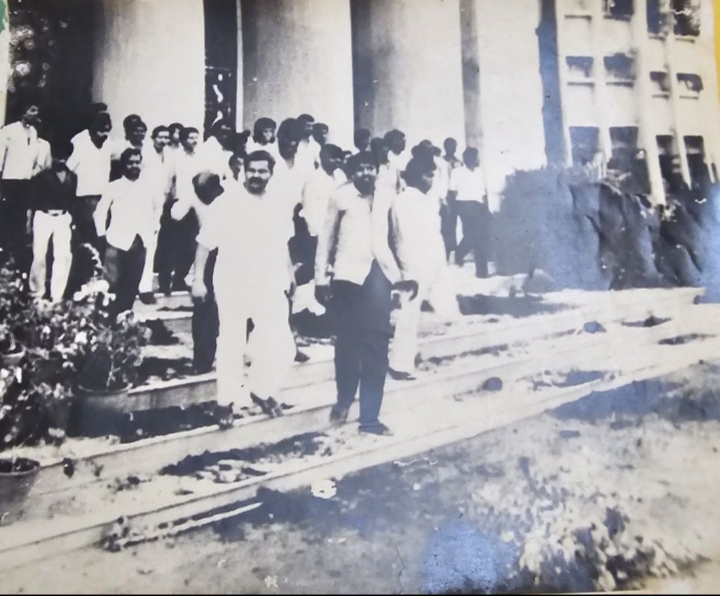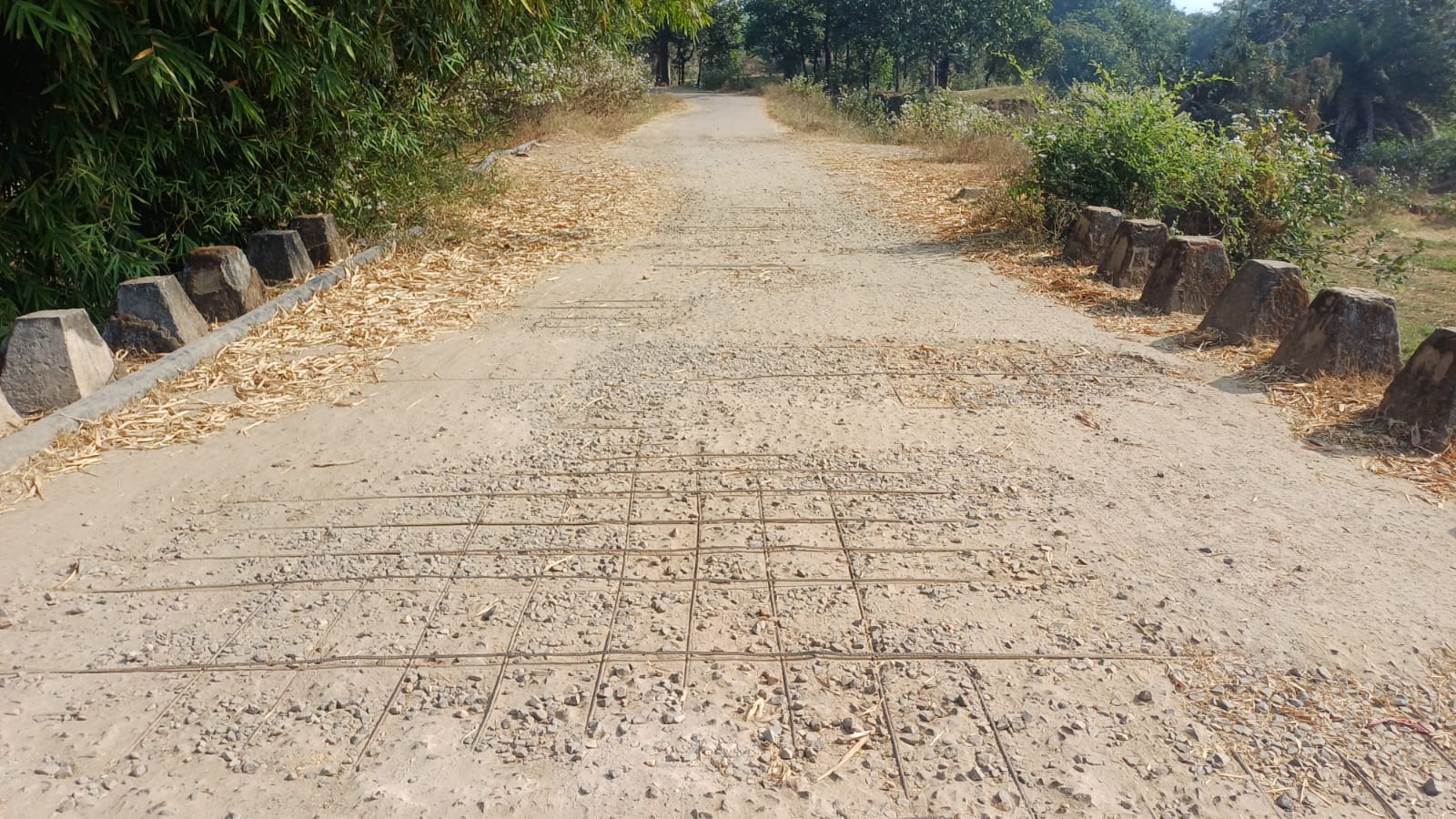बागपत में युवक-युवतियों के मोबाइल रखने और हाफ पैंट पहनने पर रोक, खाप चौधरियों ने लिया फैसला
बागपत के बड़ौत में देशखाप के चौधरियों ने महत्वपूर्ण पंचायत में लड़के-लड़कियों के स्मार्टफोन रखने व हाफपैंट पहनने पर प्रतिबंध लगा दिया है।
उन्होंने 18 साल से कम उम्र के बच्चों को फोन न देने का भी फैसला किया। इसके अतिरिक्त मैरिज होम के बजाय गांव या घरों में शादी करने पर जोर दिया गया।












Leave a Reply